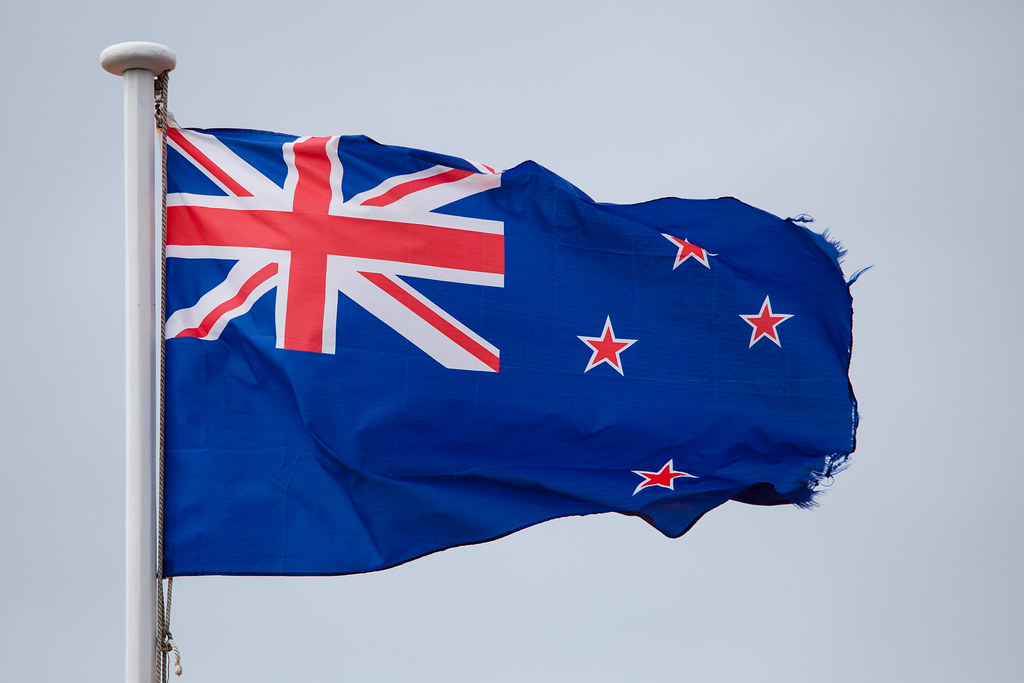In many countries, livestock plays a central role in the economy, culture, and daily life. But in a few places around the world, cows are not just abundant, they actually outnumber humans.
These nations often rely heavily on agriculture and cattle farming, shaping a unique relationship between people and animals. Here's a look at countries where cows outnumber people, and why that’s the case.
New Zealand

New Zealand is perhaps the most well-known modern example of a country where cows outnumber humans.
With a population of about 5 million people and over 10 million cattle, including nearly 6 million dairy cows, the ratio is heavily skewed in favor of the bovine population.
The country’s temperate climate, vast green pastures, and advanced agricultural techniques have made it a global leader in dairy production. Milk, butter, and cheese are among New Zealand’s most significant exports, with dairy products reaching markets around the world.
In rural regions, it’s not unusual to see more cows than cars on a given stretch of road. The dairy industry is not only central to New Zealand’s economy but also its national identity, and cows are an iconic part of the countryside.
Uruguay

Uruguay, a small South American nation nestled between Brazil and Argentina, is another country where cows outnumber people. With a population of around 3.5 million people and an estimated 12 million cattle, cows are a defining element of both the landscape and the culture.
Uruguay is one of the top beef exporters in the world, and its cattle are primarily grass-fed, giving its beef a reputation for high quality. Cattle farming is a way of life for many rural families, and the industry plays a crucial role in Uruguay’s economy.
The country’s low population density, favorable climate, and extensive grasslands create perfect conditions for livestock raising, and cows are often seen roaming freely across vast fields. In Uruguay, cattle aren’t just part of the economy, they’re a national pride.
Paraguay

Uruguay’s neighbor, Paraguay, also has more cows than people. With a human population of around 7 million and an estimated 13 million cattle, the country has established itself as a rising star in the global beef industry.
Paraguay’s cattle ranches, especially in the Chaco region, stretch across enormous areas of undeveloped land. Despite facing challenges such as infrastructure limitations and land disputes, the beef sector continues to grow.
For many Paraguayans, cattle farming represents both tradition and economic opportunity. Cattle ranching is deeply embedded in rural life, and the sight of herds being driven along dirt roads or resting under the shade of sparse trees is a common one.
Mongolia

Mongolia offers a different kind of cattle culture, rooted not in intensive farming, but in centuries-old nomadic traditions.
While cows are just one of several types of livestock herded in Mongolia, others include yaks, sheep, goats, and camels, they do outnumber the country’s population of around 3.4 million.
Mongolia’s vast, open steppes are ideal for grazing, and many families still live as nomadic herders, moving with the seasons to find the best pastureland.
Livestock is central to Mongolian culture, economy, and food. Dairy products like milk tea, yogurt, and fermented mare’s milk are staples of the traditional diet.
Cattle are more than economic assets, they are integral to the Mongolian way of life and have been for generations.
Namibia

Namibia, in southern Africa, is another country where cattle farming plays a central role and cows outnumber people.
With a population of just over 2.5 million people and approximately 3 million cattle, Namibia has a long tradition of livestock raising, particularly among rural communities.
The harsh, arid climate of much of Namibia makes crop farming difficult, so livestock, especially cattle, becomes the most viable agricultural option. Cattle are not only valuable for their meat and milk but also as a symbol of wealth and status in many local cultures.
Namibia’s beef is highly regarded and exported to European markets, thanks to strict veterinary standards and traceability systems. Cattle can often be seen grazing in semi-arid fields, reflecting the enduring connection between livestock and livelihood.



















